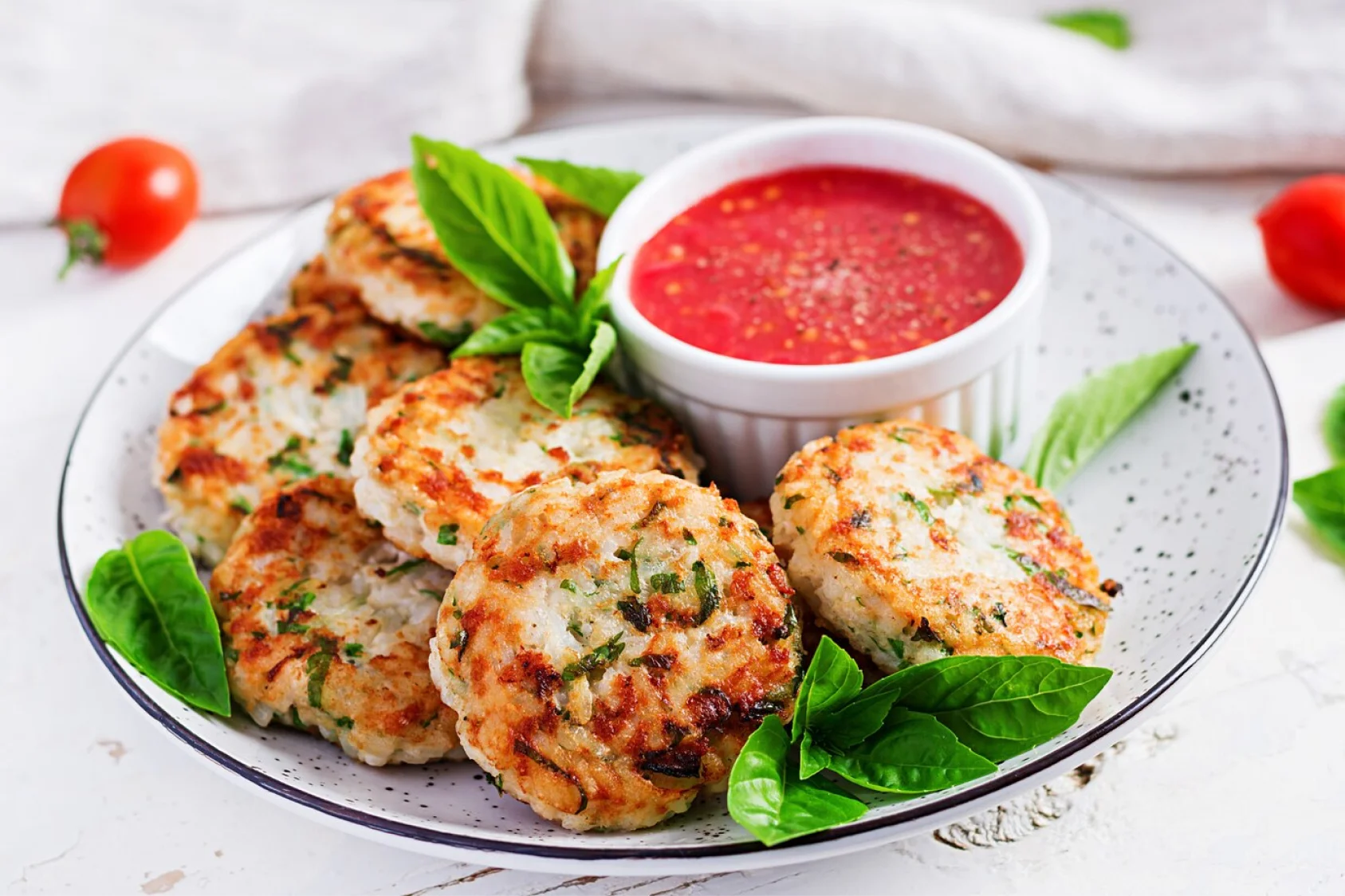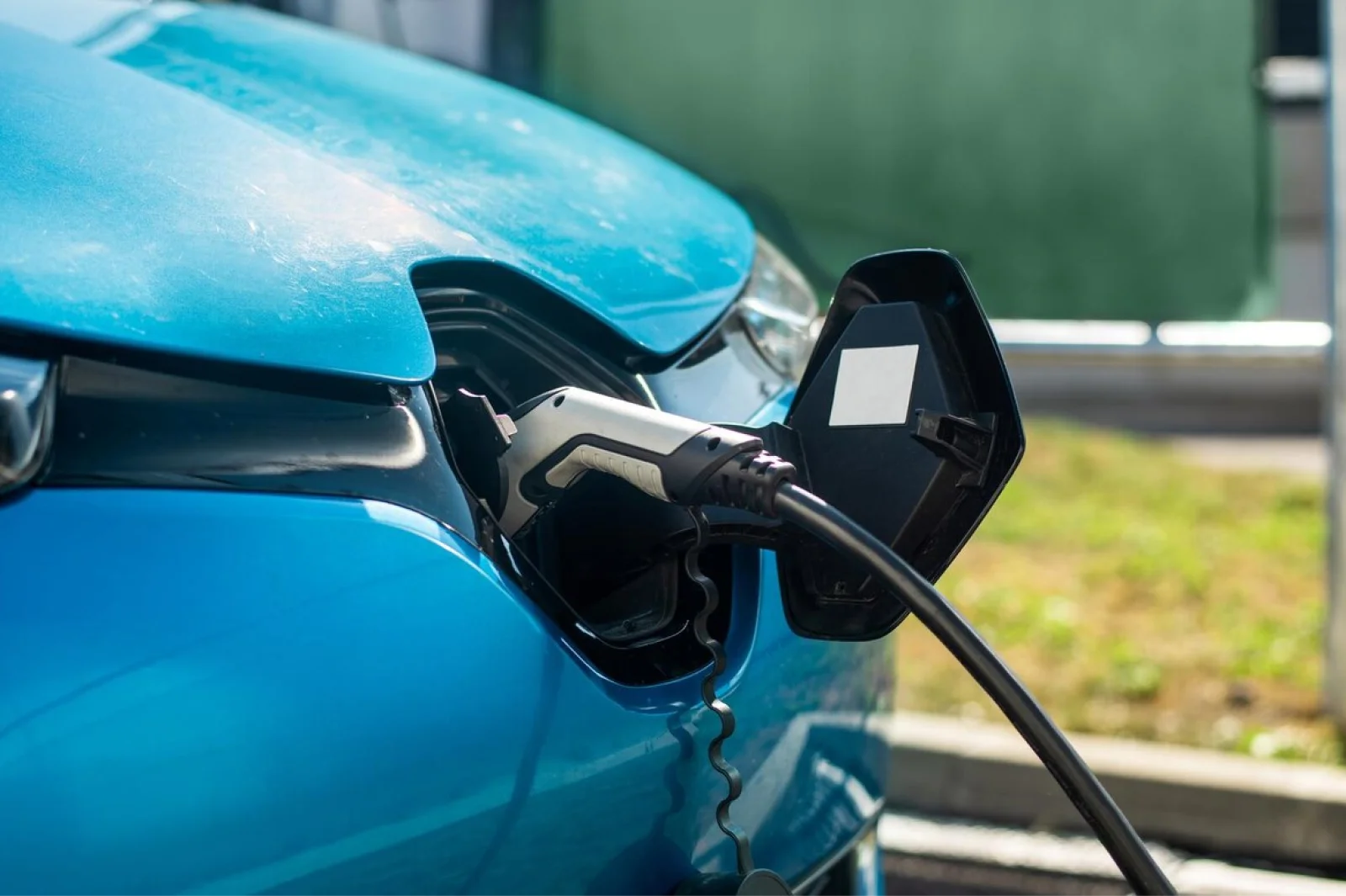Introduction
History shows us that every global crisis reshapes the investment landscape. Whether it’s a pandemic, recession, war, or geopolitical tension, investors naturally flee to safe havens that retain or increase value during economic turmoil. And at the heart of these protective assets are commodities — real, tangible resources that the world relies on regardless of financial conditions.
When stock markets crash, currencies devalue, or inflation surges, commodities provide stability, value preservation, and in many cases, explosive growth. But not all commodities are created equal during a crisis. In this detailed guide, FinanceVix explores the Top 3 Commodities to Invest in During a Global Crisis, backed by historical data, performance patterns, and forward-looking analysis for 2025 and beyond.
🌟 Why Commodities Shine During Global Crises
Before diving into the top picks, it’s crucial to understand why commodities perform so well when the world economy doesn’t.
🛡️ Hedge Against Inflation
When central banks print money to stimulate economies (quantitative easing), the value of fiat currencies tends to fall. Commodities, being real physical assets, retain intrinsic value, making them an inflation hedge.
💸 Limited Supply, Stable Demand
Unlike equities, which are vulnerable to profit declines and bankruptcies, commodities are driven by global demand and supply. Even in crises, nations need food, energy, and raw materials.
💼 Portfolio Diversification
Commodities offer low correlation with traditional assets. This makes them an essential diversification tool for reducing overall portfolio risk during market crashes.
📊 Performance Snapshot: Commodities During Past Crises
| Crisis | Top Performing Commodity | Avg. Return |
|---|---|---|
| 2008 Financial Crisis | Gold | +26% |
| 2020 COVID-19 | Silver & Gold | +37% |
| 2022–23 Russia-Ukraine War | Oil & Natural Gas | +44% |
| 2024 Tech-Led Recession | Agricultural Commodities | +18% |
🥇 Commodity #1: Gold – The Ultimate Safe Haven
🌍 Why Gold?
Gold has a 5,000-year history of being humanity’s most trusted store of value. When currencies weaken, central banks panic, and investors lose faith in equities, gold becomes the go-to refuge.
🧠 Key Characteristics:
Universal Demand: Used across cultures, religions, and financial systems
Non-correlated Asset: Moves opposite to stocks and bonds
Central Bank Demand: Central banks worldwide hold gold as reserves
Limited Supply: Slow mining production and increasing demand
📈 Performance During Crises:
2008: Up 26% while S&P 500 dropped 37%
2020: Up 25% amid COVID panic
2022–23: Up again due to war-driven inflation and currency stress
🛠️ How to Invest in Gold:
Physical Gold: Bars, coins, jewelry
Gold ETFs: e.g., SPDR Gold Shares (GLD)
Sovereign Gold Bonds (SGB): Issued by governments
Gold Mining Stocks: Higher risk/reward
Digital Gold: Available via apps like Paytm, PhonePe, or Kuvera
🔮 2025–2030 Outlook:
Gold remains extremely attractive amid interest rate uncertainty, de-dollarization trends, and persistent inflation risks.🥈 Commodity #2: Crude Oil – The Engine of Global Economics
🌐 Why Crude Oil?
Despite the renewable energy boom, the world still runs on fossil fuels. Crude oil powers transportation, agriculture, production, and logistics. During wars or geopolitical conflicts, oil supply becomes a chokepoint — driving prices sky-high.
🔥 What Makes Oil a Strategic Crisis Asset?
High Global Demand: Despite economic slowdown, energy needs don’t vanish
OPEC Influence: Supply cuts lead to price spikes
Conflict Zones: War often breaks out in oil-rich regions (e.g., Middle East, Russia-Ukraine)
Speculative Volatility: Opportunities for traders during price swings
⛽ Key Metrics:
WTI Crude (U.S.)
Brent Crude (Global Benchmark)
🧾 Oil in Past Crises:
2003 Iraq War: Oil doubled in 12 months
2008 Recovery: Oil hit $140/barrel
2022: Brent surged past $130 amid Ukraine war
🛠️ How to Invest in Oil:
Oil ETFs: e.g., USO (United States Oil Fund)
Futures Contracts: Advanced/institutional
Oil Company Stocks: ExxonMobil, ONGC, BPCL
Energy Mutual Funds: Sector-focused baskets
Commodity Indices: e.g., Bloomberg Commodity Index
🔮 2025–2030 Outlook:
Despite ESG trends, global oil consumption is expected to rise until at least 2035. China, India, and Africa are still energy-hungry economies.
🥉 Commodity #3: Agricultural Commodities – Food is Power
🌾 Why Agriculture?
No matter the economic condition, people need to eat, drink, and survive. Crises — especially those involving war, climate change, or inflation — often hit food supply chains hard, making agricultural commodities soar in price.
🌍 What’s Included?
Grains: Wheat, corn, rice
Softs: Coffee, cotton, sugar, cocoa
Livestock: Cattle, hogs
Oilseeds: Soybeans, palm oil
📈 Historical Price Surges:
2022: Wheat hit 14-year highs after Ukraine war (25% of global wheat exports affected)
2023–2024: Climate shifts led to rice shortages in Asia, boosting prices 30%
2025: El Niño impacts expected to reduce coffee and soybean output
🛠️ How to Invest:
Agri ETFs: Invesco DB Agriculture Fund
Futures Markets: MCX (India), CBOT (USA)
Agri Stocks: FMCG companies, fertilizer and seed companies (e.g., UPL, ITC, Bayer)
Commodity Baskets: Mutual funds or commodity pools
🔮 Outlook:
With climate change, water scarcity, and rising population, food security is now a geopolitical weapon. Nations are hoarding, subsidizing, and protecting food resources more than ever.
🔚 Final Thoughts: Which Commodity Should You Choose?
All three commodities — gold, crude oil, and agricultural goods — play different roles in your crisis portfolio. Here’s a quick breakdown:
| Commodity | Risk Level | Best For | Volatility | Liquidity |
|---|---|---|---|---|
| Gold | Low | Wealth preservation | Moderate | High |
| Oil | Medium to High | Tactical trading | High | High |
| Agri | Medium | Inflation hedge, diversification | Moderate | Medium |
For best results, diversify across all three based on your goals and risk tolerance.



















